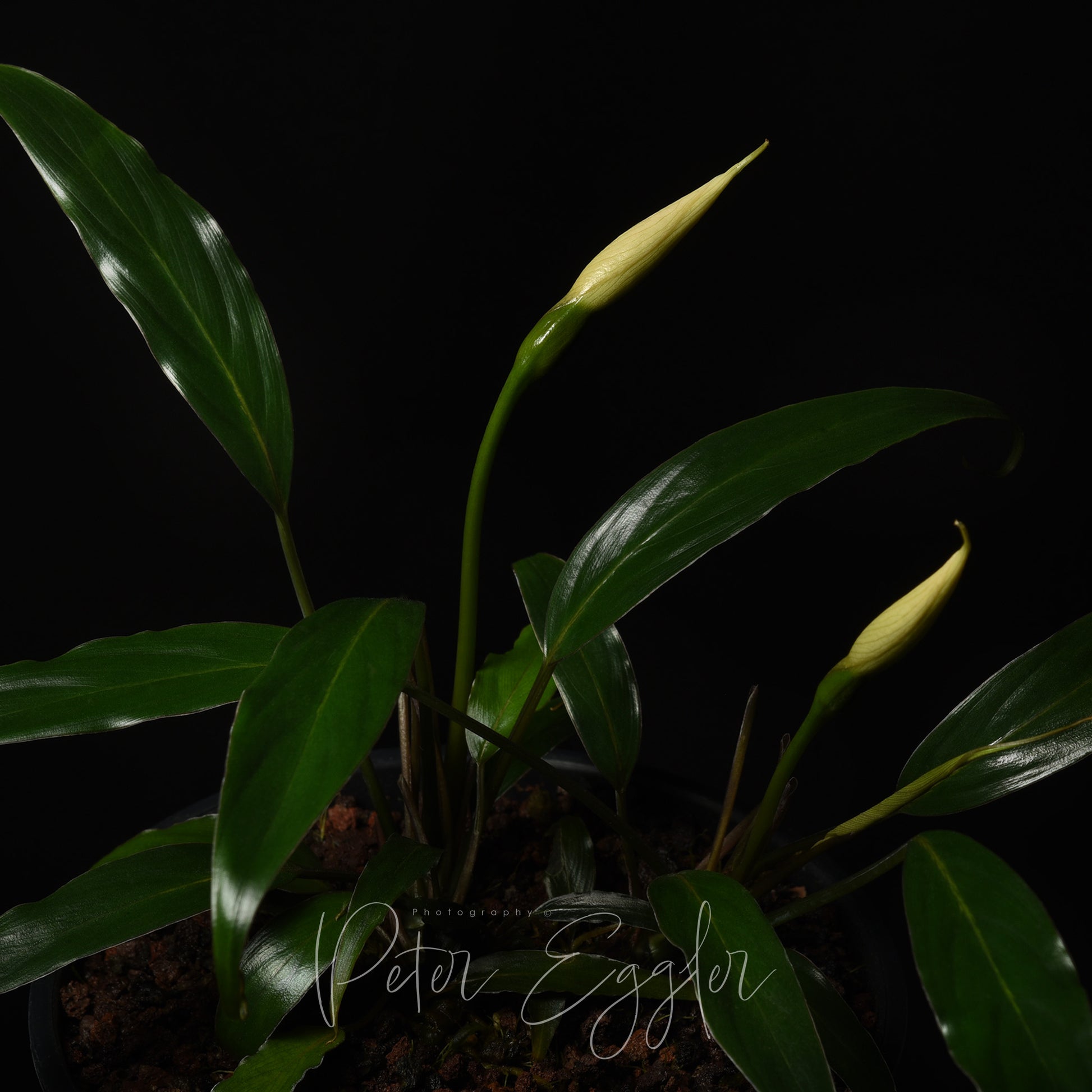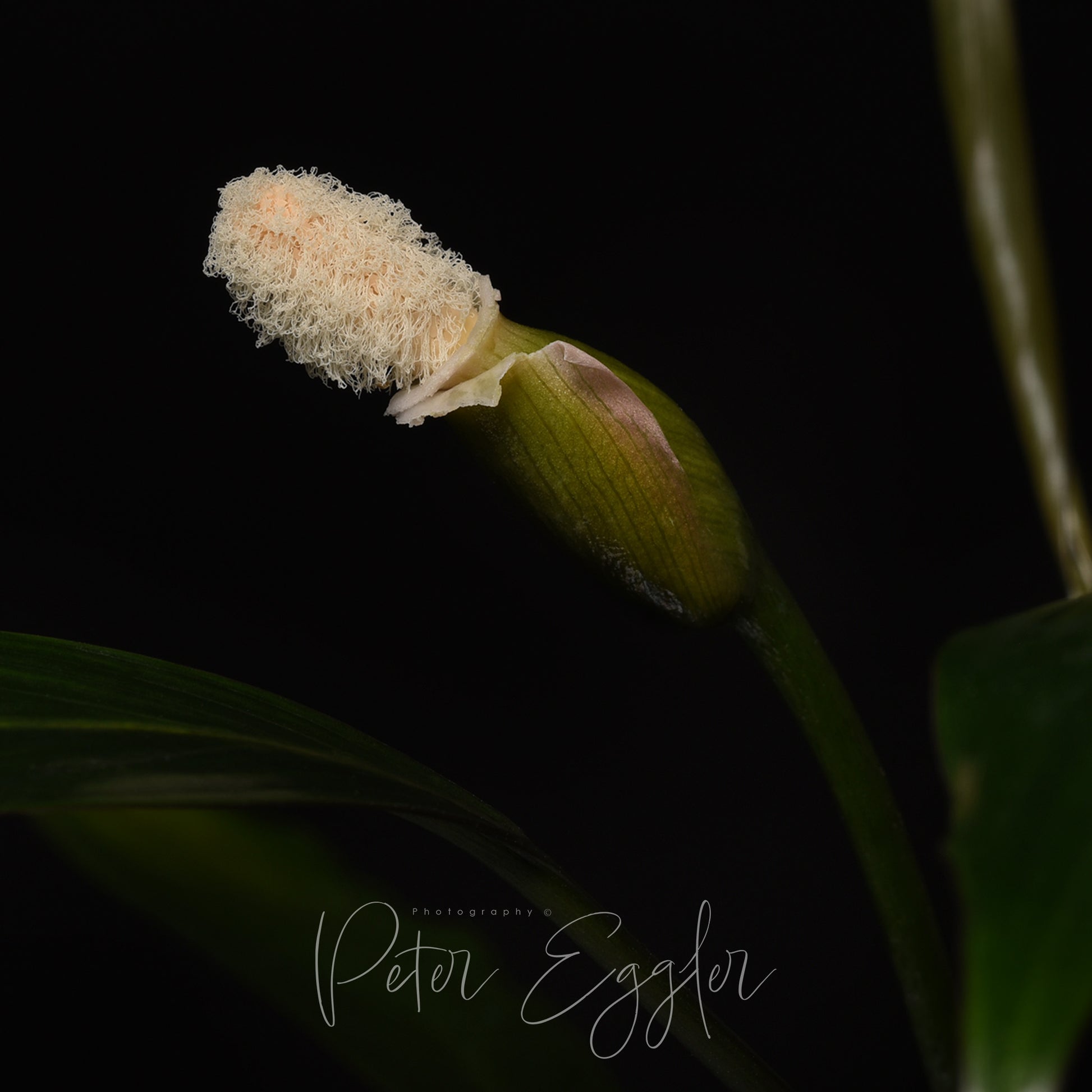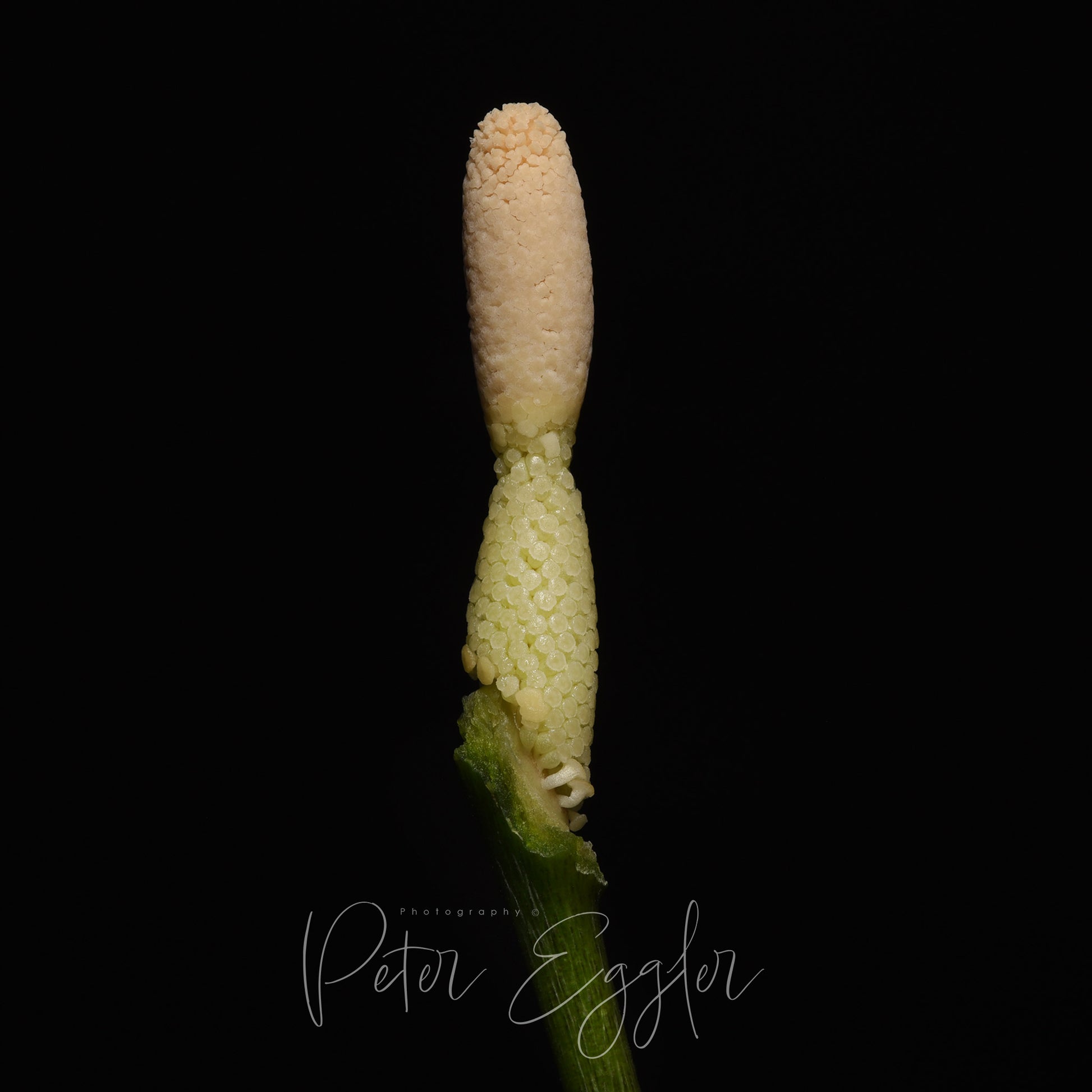Tweeddalea roseospatha
Tweeddalea roseospatha
Out of stock
Plant Size/Portion Size:
Plant Size/Portion Size:
Couldn't load pickup availability
Plant Name: Tweeddalea roseospatha
Tankquility Catalogue #: TQ-02231
Synonyms/Trade Names: Schismatoglottis roseospatha
Original Plant Sourced as: Schismatoglottis roseospatha
Plant Family: Araceae
Plant Native to1: Borneo (Sarawak)
Plant Type: Aquatic, Semiaquatic (rheophyte)
Image Details2:
Image 1: Emerse grown Tweeddalea roseospatha. The spathe colour of this particular clone is cream-white.
Image 2: Detailed view of the inflorescence of Tweeddalea roseospatha at staminate anthesis. Note the thread-like strands of pollen.
Image 3: Same inflorescence as above with spathe (and pollen strands) artificially removed to reveal the entire spadix.
General Information and Cultivation3: A very slow growing plant, relatively easy to cultivate in emerse conditions. The species makes a good terrarium or aquarium plant. The spathe limb of Tweeddalea roseospatha can range in colour from white through to pink dependent upon geographic location in the wild (Wong et al. 2018). Attach to wood and rocks, or plant directly into the substrate. Do not bury the rhizome or it may rot. In terrarium culture, Tweeddalea roseospatha grows to about 120mm in height, with leaf blades 140mm × 23mm.
Ease of Care: Easy
Plant Size/Portion Size:
Emerse grown plant: Minimum 4-leaf tip cutting (80mm+ in height) with root development.
Further Reading:
Wong, S.Y., Hay, A. & Boyce, P.C. (2018). An Annotated Check-list for Schismatoglottis. Aroideana 41 (2-3): 34-200.
Wong, S.Y. & Boyce, P.C. (2024). Schismatoglottideae (Araceae) of Borneo LXXVII: Circumscribing Schismatoglottis sensu stricto, and seven new genera. Webbia 79 (2): 255-289.
1 Distribution is taken from Plants of the World Online (https://powo.science.kew.org/) unless stated otherwise.
2 All images used on the Tankquility website have been taken of plants growing in our nursery.
3 The general and cultural information provided is based on our own experience and observation. If we supply information from others, we have acknowledged the source.
SKU:
View full details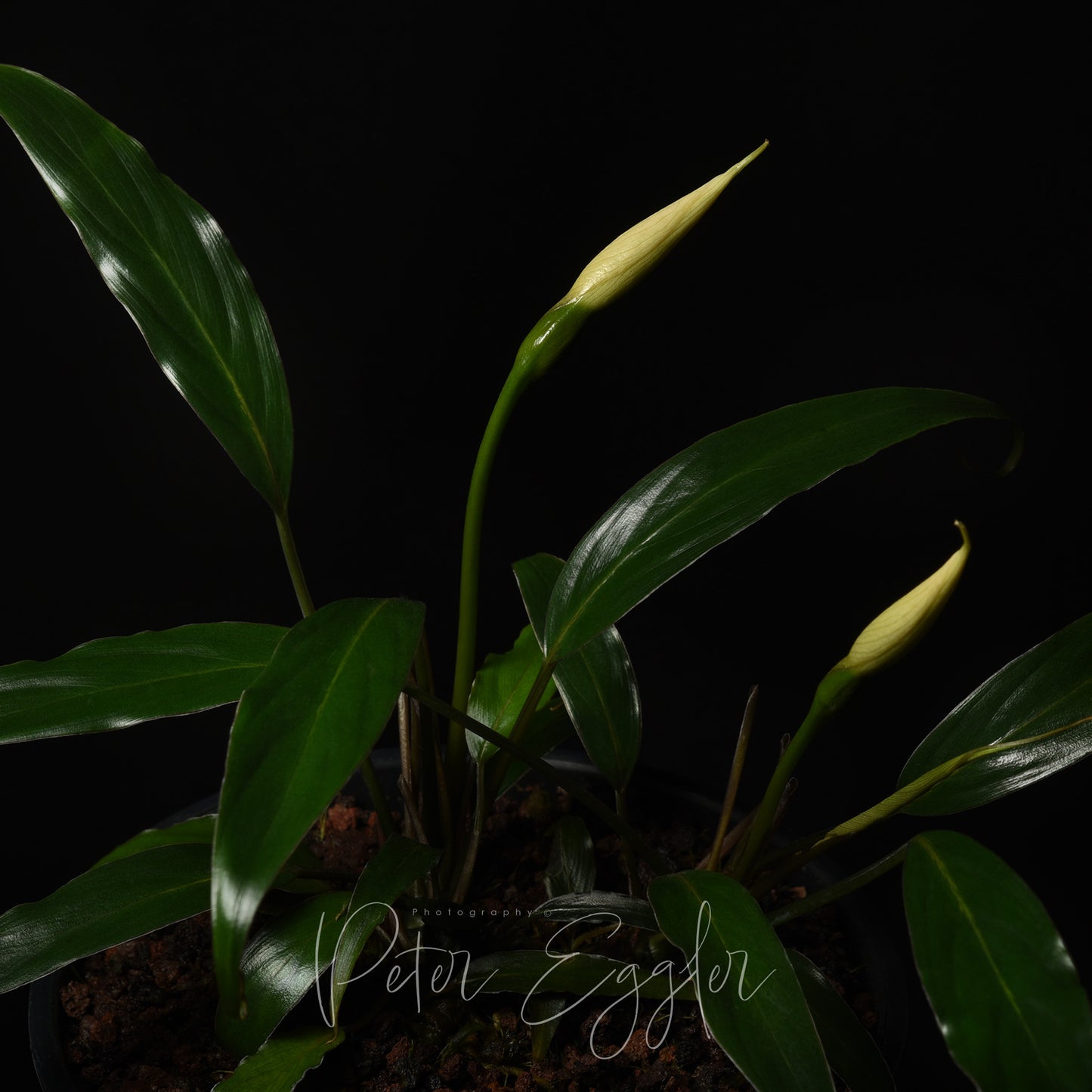
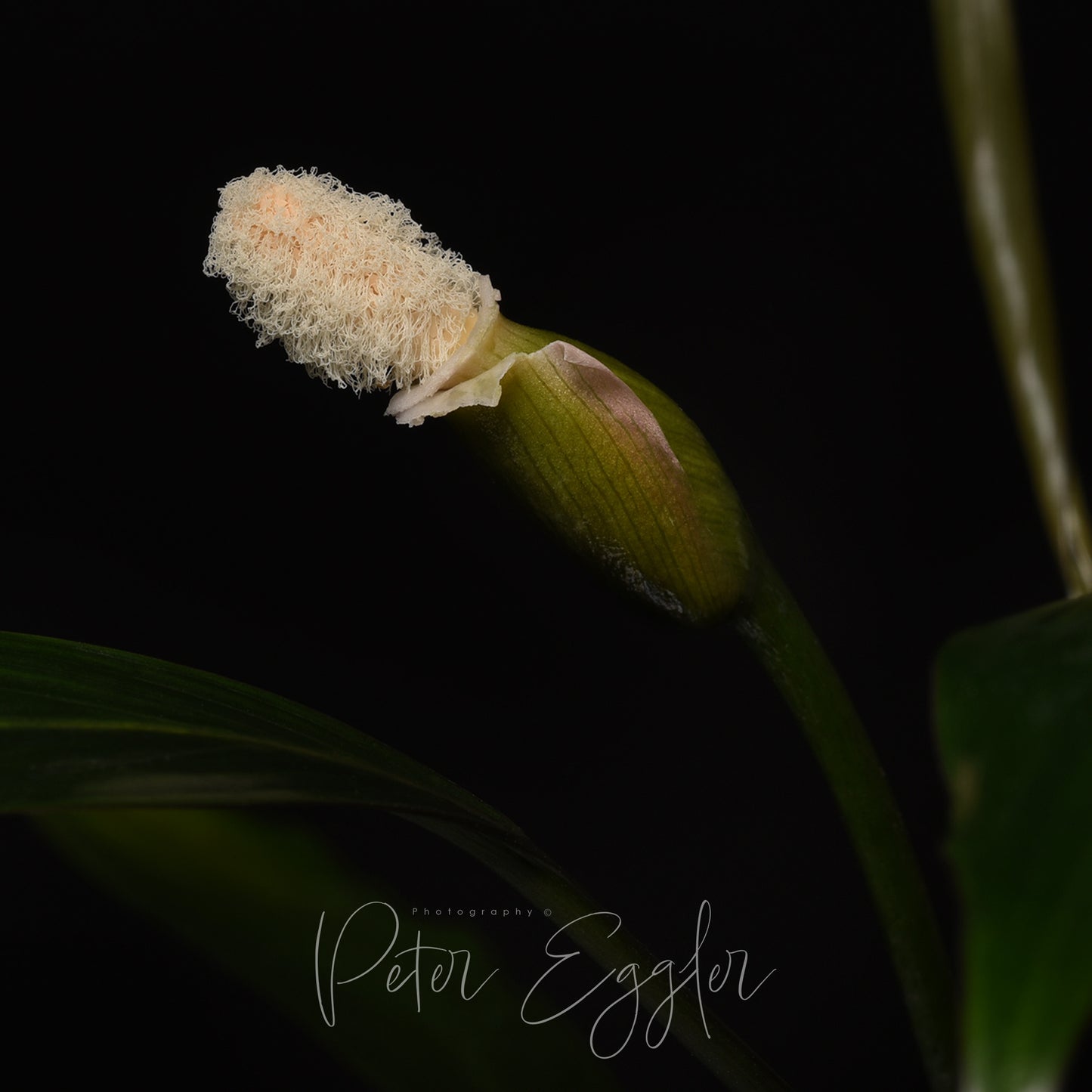
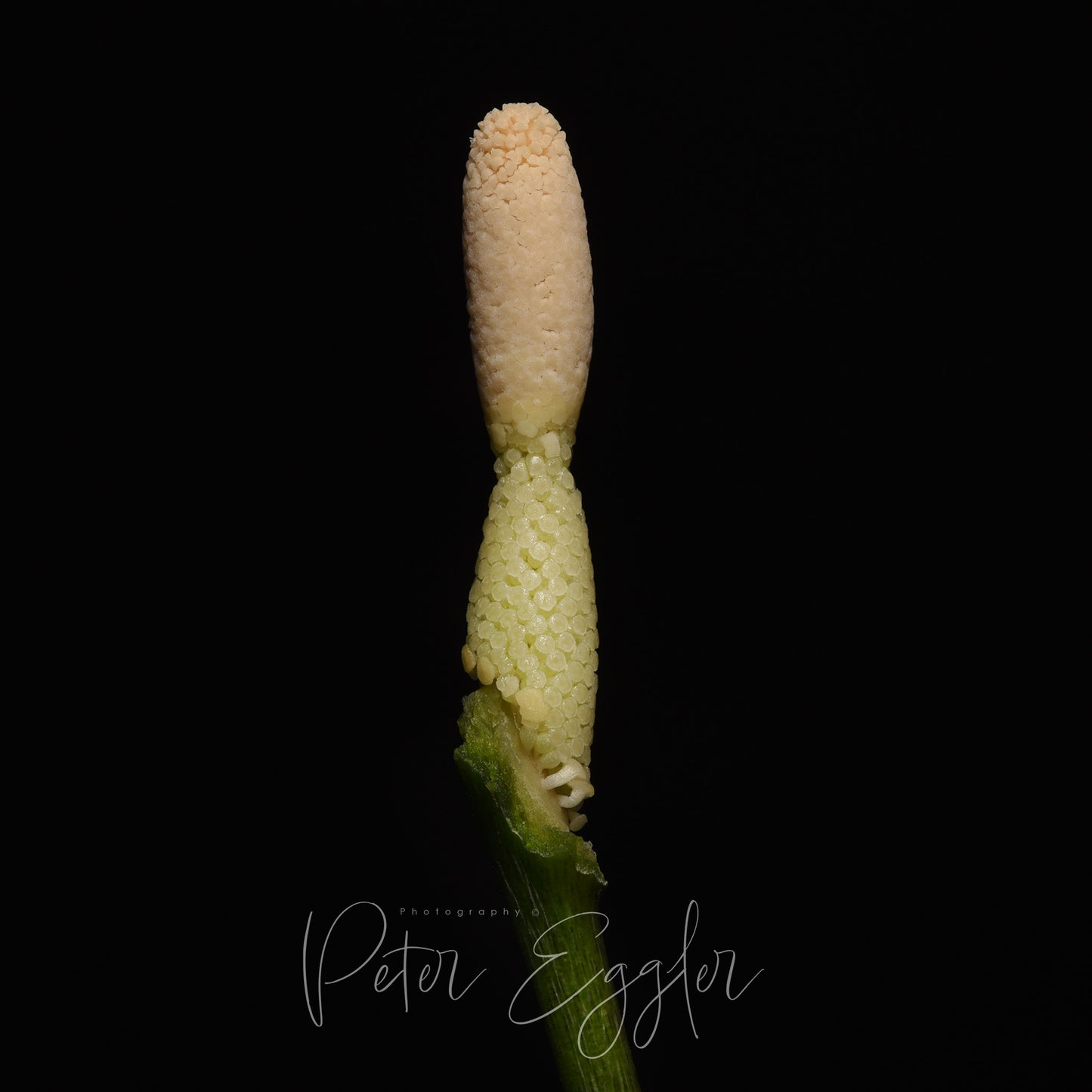
-
Plants can alter their appearance due to seasonal influence, or in response to different environmental conditions or stage of maturity. This phenomenon is known as phenotypic plasticity, and it is especially evident in Aquatic/Semiaquatic plants. Whilst we endeavour to portray a plant accurately, the plant you receive may have been growing under different conditions or be at a different stage of maturity to the one in the image(s) provided.
How we package your plants...
-
Aquatic/Semiaquatic plants will be shipped bare-rooted and wrapped in damp paper for protection when required.
-
Terrestrial/Epiphytic plants will be shipped bare-rooted and the roots wrapped in damp sphagnum moss for protection when required.

